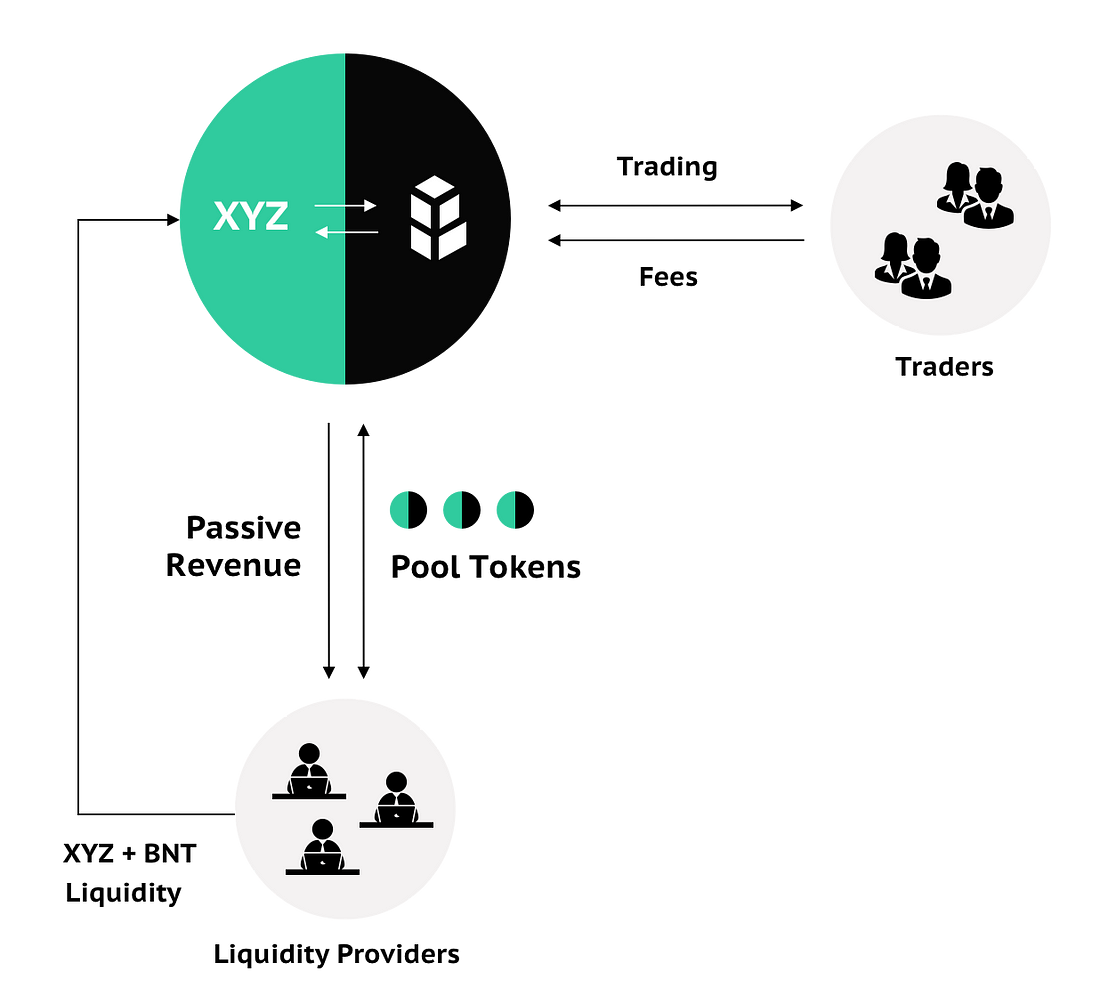
Ridiculous fees apart, using decentralized exchange services has been really fun! Using DeFi services on platforms where fees and efficiency issues are fixed brings a true feel of decentralization.
The comfort, the security, the speed…oh well, just many things! DeFi protocols are mavericks and make centralized exchanges look so ancient despite being just about a decade old, lol.
My frequency of using centralized exchanges has decreased over five times the initial. If we can get rid of fake volumes, centralized exchanges are obviously bowing down to decentralized exchanges; in terms of volume, user base, and application.
The fact is, centralized exchanges aren’t even real competition to contemporary decentralized exchanges the difference is clear. Mainstream trading system will probably get usurped by DeFi protocols.
In addition to decentralization, security, and efficiency; Automated Market Maker, the protocol powering trading on decentralized exchanges is the main technology poised to put centralized exchanges to rest. AMMs are built to ensure organic liquidity and create real-time trading effects. Unlike centralized exchanges, AMMs are all shades of good. In the real sense, it’s AMMs Vs CEXes!
Despite years of efforts and modifications, fake volumes have continued to bite down on the reputation of centralized exchanges. Aided by exchange officials or solitarily, cryptocurrency projects could easily fake buy and sell orders to lure investors who are attracted by high volumes as proof of demand and liquidity.

This fake liquidity and high demand would quickly dry up as soon as the manipulation ends. Well, if the manipulation was able to lure enough investors and traders, then the decline will be gradual. If the project is unable to drive real demand, the liquidity dries up once again. Investors are only left to mourn their losses in cases like this…the ripple effect continues.
Apart from projects luring investors with these volumes, exchanges as well adopt this strategy to boost their numbers and attract users. Exchanges or cryptocurrency projects…I can’t tell who did this first.
Trading and liquidity manipulations on centralized exchanges also tarnish the organic effects of buys and sell. High volumes of huge buys, yet the very little effect on prices. Unfortunately, these positive effects are wiped away by relatively lesser sell orders. Everything looks programmed! For unstable projects, this phenomenon is even clearer.
The inability to estimate the depth of the liquidity pool and the effects of buys and sells on the price makes trading harder and less fun. I’m no trading expert, but being unable to access the originality of the trading activities for a particular token makes trading unthinkably tough.
Centralized exchanges and their technology have served for the time they dominated the space. No doubt, they flourished due to the incredibly handy services they offered. In essence, these services were the best available.
In contrast, Automated Market Markers, despite not being without their own shortcomings are programmed to be highly organic and responsive. Like a real-time trading system, every bit of supply and demand creates a relative effect. Traders and investors are handed efficient tools for making decisions and projects are represented for what they truly are…at least for that point in time.

Thanks to liquidity pools, AMMs provide a basket of exchangeable assets to enable unrestricted trading for the period in which the liquidity providers wish to leave their assets on the pool. The transparency of the liquidity pool allows traders to make their decisions.
AMM protocol ensures that every buys and sells effect reflect relatively on the asset price. AMMs are not completely resistant to manipulations, this is evident in the rampant rug pulls. But on the brighter side, these actions are transparent; an important feature of blockchain technology.
Smart contract technology also creates an avenue for ‘liquidity locking’. This solves rug pulls to an extent. Liquidity locking ensures that provided liquidity cannot be removed for the period of time specified in the locking process.
It’s not just centralized exchanges; trading systems around the world will surely adopt AMM strategies sometime in the near future. In my opinion, it is the future of trading and exchange.
There is no ads to display, Please add some




